Nanotechnology market size often exaggerated
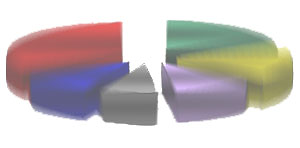 Nanotechnology market size estimates can be misleading.
Nanotechnology market size estimates can be misleading.
Jan 26th, 2007
Read more
 Nanotechnology market size estimates can be misleading.
Nanotechnology market size estimates can be misleading.
Jan 26th, 2007
Read more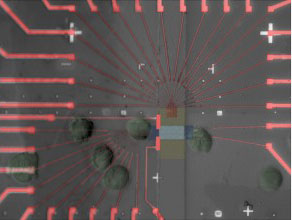 Nanochip moves molecular computers a step closer.
Nanochip moves molecular computers a step closer.
Jan 25th, 2007
Read more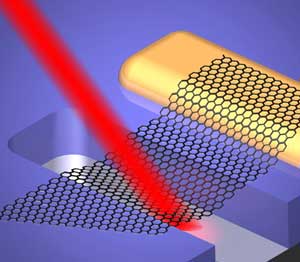 A one-atom-thick membrane that resonates like a drumskin.
A one-atom-thick membrane that resonates like a drumskin.
Jan 25th, 2007
Read moreIn a basement laboratory here at the University of Minnesota, a group of researchers can see the future of energy in the invisible particles of a new kind of solar cell.
Jan 25th, 2007
Read moreThe first atom manipulation of its kind done on a three-dimensional surface.
Jan 25th, 2007
Read moreA new type of nanoparticles that could be used in tests for environmental pollution or contamination of food products, and for medical diagnostics.
Jan 25th, 2007
Read more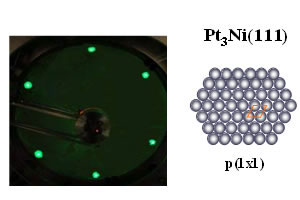 A new variation of a familiar platinum-nickel alloy that is far and away the most active oxygen-reducing catalyst ever reported.
A new variation of a familiar platinum-nickel alloy that is far and away the most active oxygen-reducing catalyst ever reported.
Jan 25th, 2007
Read moreNew devices could be used in operating rooms, space stations.
Jan 25th, 2007
Read moreA way to coat nanoparticles with a chemical that helps them slip through layers of mucus.
Jan 24th, 2007
Read more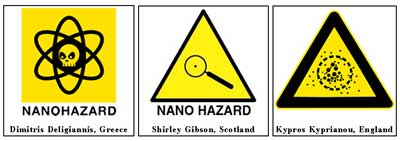 An estimated 30,000 people gathered at the World Social Forum in Nairobi this week where participants had a chance to vote for their favorite Nano-Hazard Symbol.
An estimated 30,000 people gathered at the World Social Forum in Nairobi this week where participants had a chance to vote for their favorite Nano-Hazard Symbol.
Jan 24th, 2007
Read more Your identity could be made safer thanks to Canadian scientists.
Your identity could be made safer thanks to Canadian scientists.
Jan 24th, 2007
Read more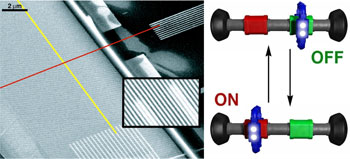 UCLA, Caltech Chemists Report the Creation of Large-Scale Molecular Memory, an Important Step Toward Building Molecular Computers.
UCLA, Caltech Chemists Report the Creation of Large-Scale Molecular Memory, an Important Step Toward Building Molecular Computers.
Jan 24th, 2007
Read moreA new nanotechnology that can examine single molecules in order to determine gene expression.
Jan 24th, 2007
Read more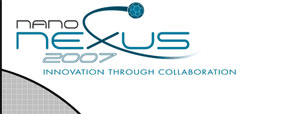 Oak Ridge National Laboratory has opened a call for promising early- and growth-stage nanotechnology companies seeking venture capital to apply to present their business plans at the Nano Venture Showcase.
Oak Ridge National Laboratory has opened a call for promising early- and growth-stage nanotechnology companies seeking venture capital to apply to present their business plans at the Nano Venture Showcase.
Jan 24th, 2007
Read moreMolecular keypad inputs consist of iron ions, acids, bases and ultraviolet light.
Jan 24th, 2007
Read more A majority of a citizens' panel declared itself in favor of nanotechnologies, but emphasised that the economic benefits of nanotech could in no way be reached at the expense of ethics.
A majority of a citizens' panel declared itself in favor of nanotechnologies, but emphasised that the economic benefits of nanotech could in no way be reached at the expense of ethics.
Jan 24th, 2007
Read more